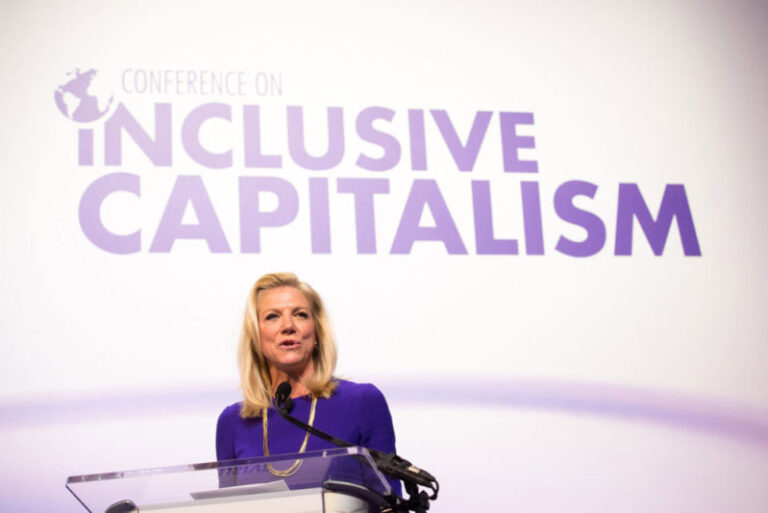Editor's note: The main purpose for posting this first chapter of
Alexander Del Mar's book
Barbara Villiers: Or, A History of Monetary Crimes is to show that a monetary system can be established independent of gold and silver. Alexander Del Mar demonstrated neither silver nor gold are indispensable for the purposes of money or commerce. Nothing has changed since Alexander Del Mar wrote
Barbara Villiers: Or, A History of Monetary Crimes. In fact, the currency speculation, bribery, corruption, insider-dealing, usury, money laundering and other monetary crimes are far worse today than they were when this book was written in 1899.
Barbara Villiers: Or, A History of Monetary Crimes provides fascinating insights into the early years of currency speculation, bribery and corruption, insider-dealing, usury, money-laundering, and other monetary crimes engaged in by the British East India company and the pirate City of London central bankers. Alexander Del Mar was one of the most eminent historians of money and precious metals of the 19th century, and in this book he focuses on the financial chicanery of British and international bankers and traders during the Tudor and Stuart periods.
________
Barbara Villiers:
Or, A History of
Monetary Crimes
CHAPTER I. THE CRIME OF 1666.
From the right to coin money and to regulate its value (by giving it denominations) and by limiting or increasing the quantity of it in circulation, was the exclusive prerogative of the State. In 1604, in the celebrated case of the Mixed Moneys,' this prerogative was affirmed under such extraordinary circumstances and with such an overwhelming array of judicial and forensic authority as to occasion alarm to the moneyed classes of England, who at once sought the means to overthrow it. These they found in the demands of the East India Company, the corruption of Parliament the profligacy of Charles II., and the influence of Barbara Villiers.













